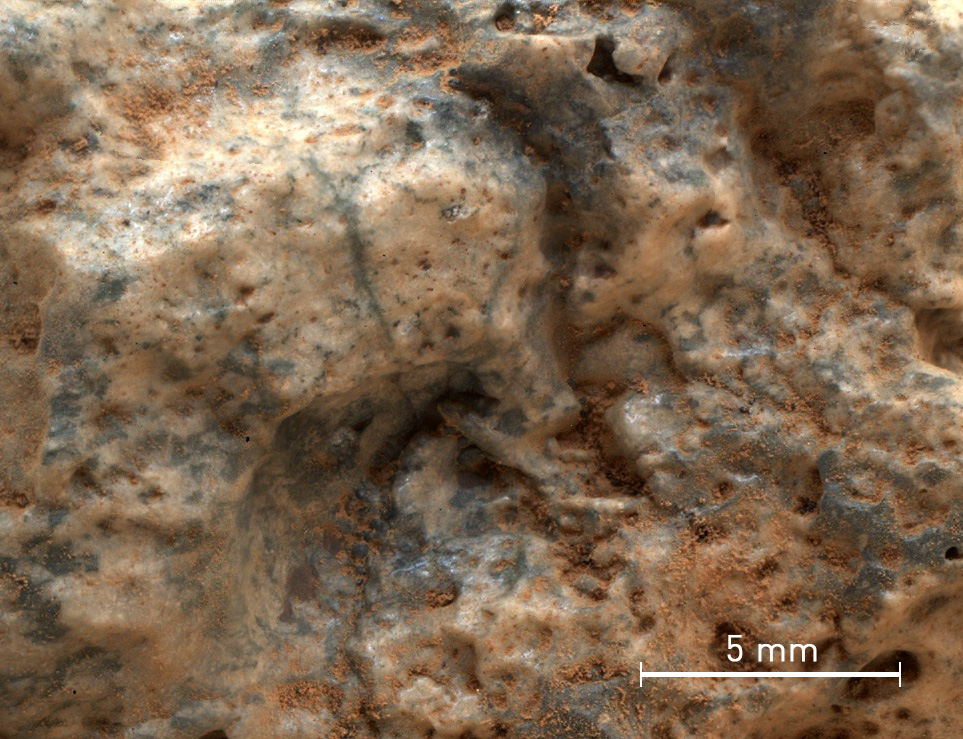
Researchers analyzed rocks probed by the Curiosity rover and found that light-coloured rocks are rich in silica content and are found in a variety of compositions on the Martian crust. (Image credit: NASA/JPL-Caltech/MSSS)
Silica-rich rocks found in the Martian crust shows ancient Mars may have been more similar to Earth than previously thought. These rocks are similar to some of the Earth’s oldest continental crust, which have, until now, only been observed in small, localized areas on Mars.
The new findings suggest the the Red Planet has experienced magmatic processes similar to those seen on Earth. Researchers analyzed geochemical data from more than 20 rocks probed by the Curiosity rover near the Gale crater.
Until now it had been thought that the Martian crust was mostly composed of basalts based on meteorite analysis and orbital spectroscopy.
Original research paper published in the Nature Geosciene on July 13, 2015.
Names and affiliations of selected authors

